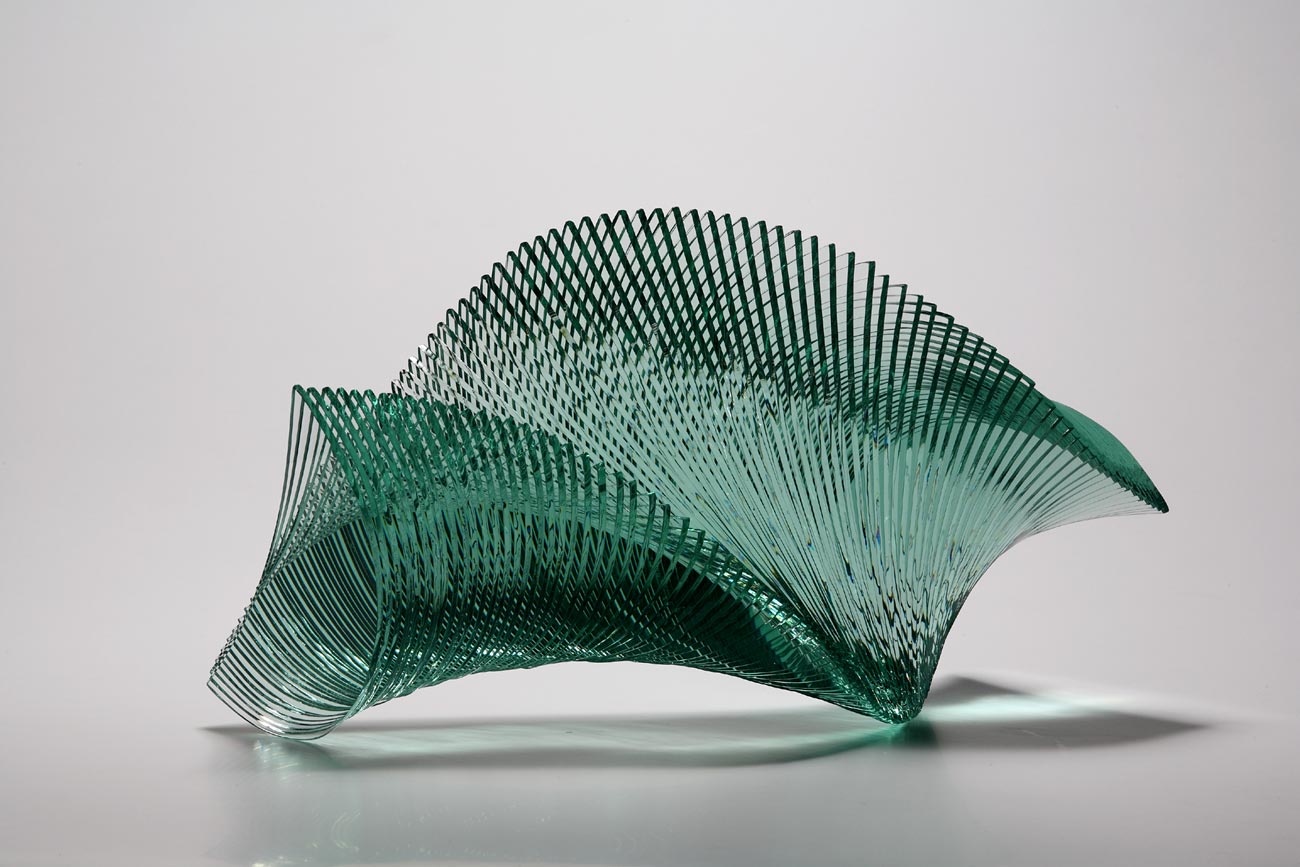

Low-E Glass in China An Overview
Low-emissivity (Low-E) glass has become an essential component in the modern construction industry, particularly in energy-efficient buildings. The rise of Low-E glass technology in China reflects the country’s commitment to sustainable development and energy conservation. As China continues to face challenges related to energy consumption, air pollution, and climate change, the adoption of Low-E glass in residential and commercial buildings is a vital step toward achieving a greener future.
What is Low-E Glass?
Low-E glass is a type of insulated glass that has been treated with a microscopically thin coating that reflects infrared light while allowing visible light to pass. This unique property enables Low-E glass to minimize heat transfer, thus improving the energy efficiency of buildings. By reflecting heat back into the room during winter and keeping it out during summer, Low-E glass helps maintain a comfortable indoor climate while reducing the reliance on heating and cooling systems.
The Growth of Low-E Glass in China
China, being the world's largest construction market, has seen rapid urbanization and industrialization over the past few decades. With this growth comes an increasing demand for energy-efficient building materials. Low-E glass has gained popularity among architects and builders who seek to create sustainable structures that comply with government regulations aimed at reducing energy consumption.
The Chinese government has implemented several policies and standards to promote the use of energy-efficient materials, including Low-E glass. The “13th Five-Year Plan for Ecological and Environmental Protection” emphasizes the importance of green building practices and the deployment of advanced technologies in urban construction. These initiatives have led to a surge in Low-E glass production and usage across the country.
Advantages of Low-E Glass
1. Energy Efficiency One of the primary advantages of Low-E glass is its ability to significantly reduce energy consumption. Buildings equipped with Low-E windows can reduce heating and cooling costs by up to 30%. This is particularly beneficial in a country like China, where energy demand is soaring due to rapid urban development.

2. Comfort Low-E glass enhances occupant comfort by maintaining consistent indoor temperatures and minimizing drafts. It also reduces glare from sunlight, contributing to a more pleasant living and working environment.
3. Environmental Impact By improving energy efficiency, Low-E glass helps reduce greenhouse gas emissions associated with heating and cooling. As China continues its fight against air pollution and climate change, the environmental benefits of such technologies cannot be overstated.
4. UV Protection Low-E glass blocks a significant portion of harmful ultraviolet (UV) radiation, protecting interiors from fading and deterioration. This is particularly advantageous for residential settings where furniture, artwork, and textiles are at risk of sun damage.
Challenges and Future Directions
Despite its advantages, the widespread adoption of Low-E glass in China does face some challenges. The initial cost of Low-E windows can be higher than traditional glass, which may deter some builders and homeowners. However, the long-term savings on energy bills often outweighs this initial investment.
Additionally, the quality of Low-E glass can vary significantly, leading to inconsistencies in performance. Ensuring that manufacturers adhere to quality standards is crucial for the market’s growth.
Looking ahead, the future of Low-E glass in China appears promising. Innovations in technology are leading to more efficient and cost-effective solutions. As public awareness of environmental issues increases and regulatory frameworks become stricter, the demand for Low-E glass is expected to rise, contributing to a sustainable built environment.
In conclusion, Low-E glass represents a pivotal development in the pursuit of energy efficiency and environmental sustainability in China. As the nation continues to prioritize green building practices, Low-E glass will undoubtedly play an integral role in shaping the future of its urban landscapes.